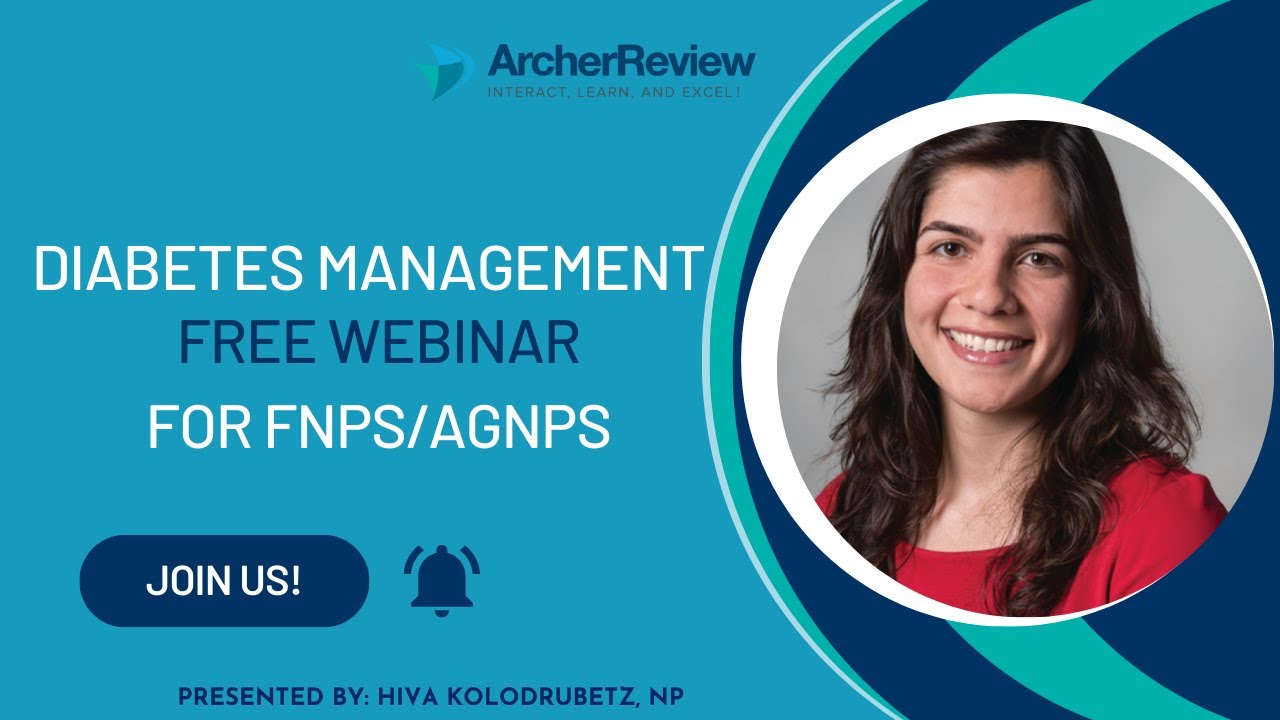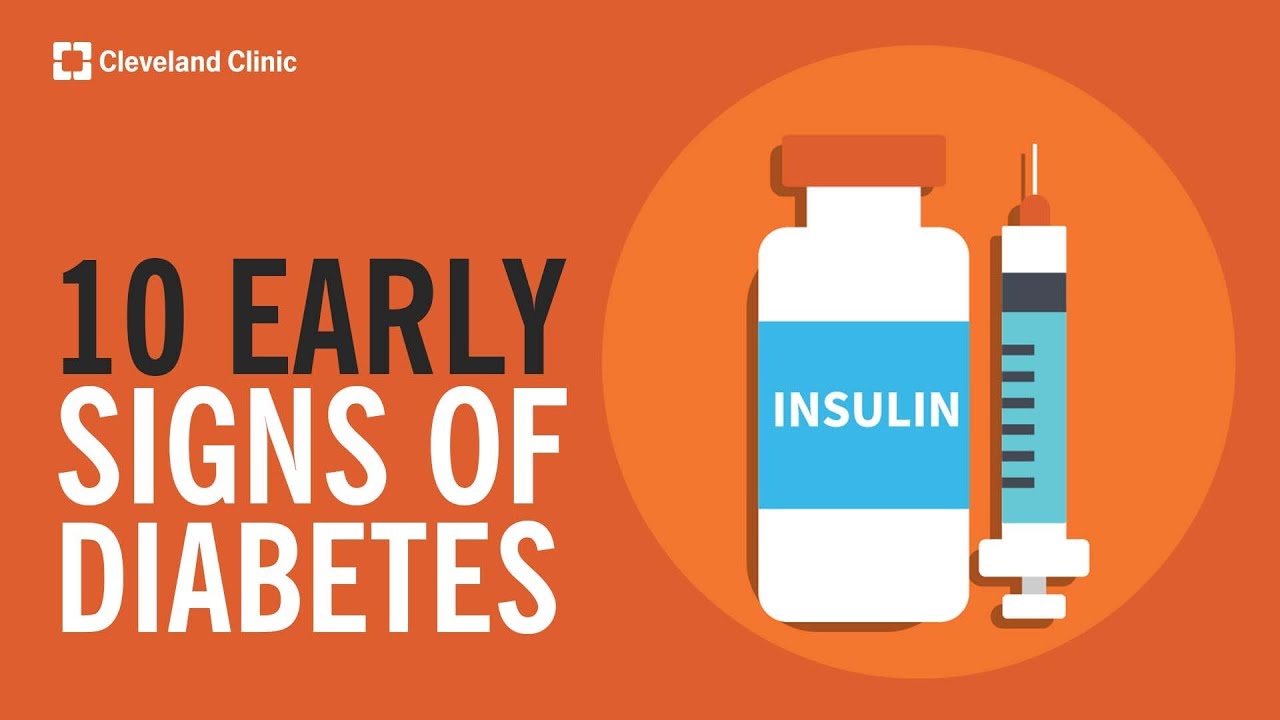Post-exercise nocturnal hypoglycemia preventable in pediatric type 1 diabetes
Reuters Health • The Doctor's Channel Daily Newscast
Dr. H. Peter Chase and colleagues studied 16 young diabetic patients, mean age 13.3 years, on insulin pumps. The average total daily insulin dose was 0.76 units/kg, with 0.40 units/kg as basal insulin.
The subjects were monitored overnight on three occasions after a 60-minute exercise session. In random order on the three occasions they either had their basal insulin rate decreased by 20% from 9 p.m. to 3 a.m., or received 2.5 mg terbutaline, or had no intervention (control visit). Blood glucose was measured every 30 minutes.
On the control night, the mean blood glucose nadir was 128 mg/dL. With the basal insulin reduction it was 172 mg/dl, and with terbutaline it was 189 mg/dL. However, terbutaline was also associated with hyperglycemia, with a mean maximum blood glucose reading of 331 mg/dL compared to 305 mg/dL with basal infusion reduction.
Blood glucose readings lower than 70 mg/dL, indicating hypoglycemic episodes, occurred in 2 of the 16 children during the control night, 1 of 16 during basal rate reduction, and none with bedtime terbutaline.
The investigators conclude in their report in The Journal of Pediatrics made available online July 21, “A basal insulin rate reduction was safe and effective in raising post-exercise nocturnal blood glucose nadir and in reducing hypoglycemia in children with type 1 diabetes mellitus.”
They do point out that basal insulin reduction is not an option for patients with type 1 diabetes using multiple daily insulin injections rather than an insulin pump. For them, further research is needed.
Reference:
Preventing Post-Exercise Nocturnal Hypoglycemia in Children with Type 1 Diabetes
J Pediatr 2010.








